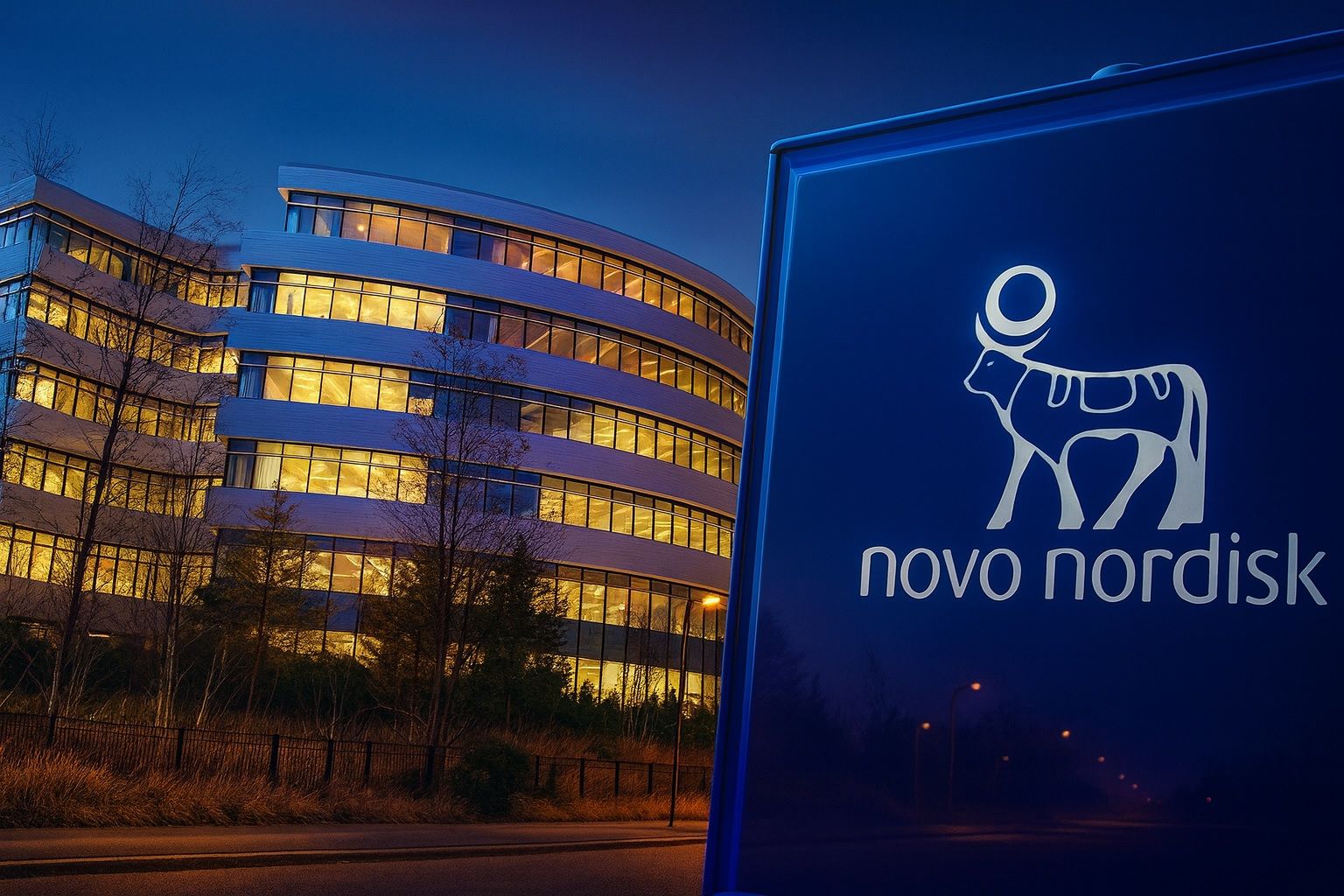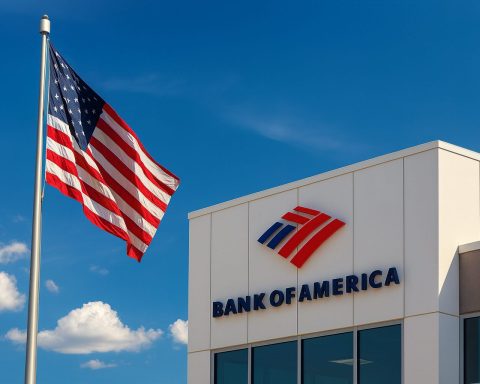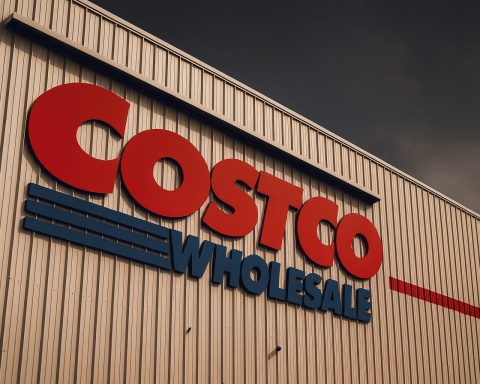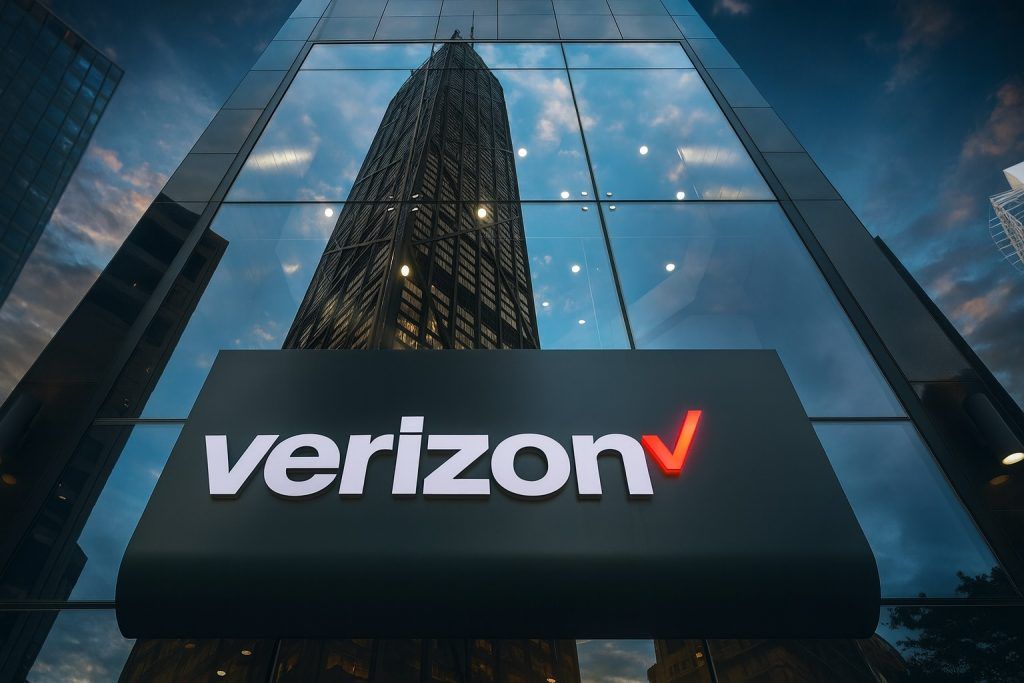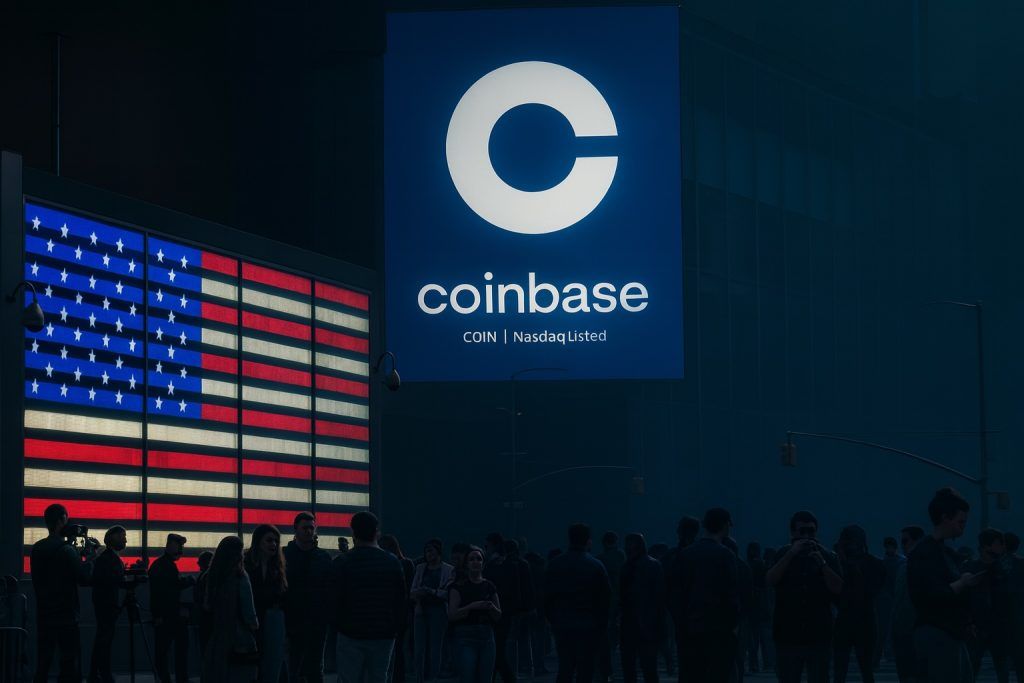Novo Nordisk stock is back in the spotlight today, 21 November 2025, as a cluster of breaking headlines hits the world’s most closely watched weight‑loss drug maker.
As of late morning in New York, Novo Nordisk’s U.S. ADR (NYSE: NVO) is trading around $47.07, down roughly 1.1% on the day, giving the company a market value close to $213 billion. In Copenhagen, Novo Nordisk’s B‑shares finished the session around DKK 305, down nearly 3% and extending a steep slide that has left the stock down about 45% year‑to‑date. [1]
Today’s trading comes against a flurry of fresh news:
- Denmark has compensated four patients for vision loss linked to Wegovy and Ozempic. [2]
- Novo Nordisk and Eli Lilly are launching direct‑to‑employer programs for GLP‑1 weight‑loss drugs, bypassing traditional pharmacy benefit managers (PBMs). [3]
- The company is in the middle of an aggressive GLP‑1 price reset, cutting self‑pay prices for Wegovy and Ozempic and accelerating a U.S. government pricing deal. [4]
- Regulators and courts continue to shape the risk profile, from copycat semaglutide compounders to potential Alzheimer’s data on semaglutide due within weeks. [5]
Below is a structured breakdown of what’s moving Novo Nordisk stock today and what it could mean for investors.
1. How Novo Nordisk Stock Is Trading Today
ADRs in New York (NVO)
- Last price (approx.): $47.07
- Intraday move: about –1.1% vs. yesterday’s close around $47.60
- Intraday range: roughly $46.70 – $47.35 so far today
- Market cap: ≈ $212–213 billion
MarketBeat data earlier in the session noted that NVO opened at $47.61, with a trailing P/E around 13.1, a PEG of ~2.3, and a beta near 0.65, highlighting that the stock is behaving more like a defensive large‑cap than a hyper‑volatile growth name despite its big drawdown. [6]
Copenhagen B‑Shares (NOVO B / NOVOb)
On the primary Copenhagen listing, Novo Nordisk B‑shares closed around:
- Close: ~DKK 305.0
- Change: about –2.9% on the day
- Day range:DKK 302.6 – 308.0 [7]
These levels leave the Danish shares well below a 52‑week high north of DKK 798 (pre‑correction), mirroring the intense derating that has taken the stock down about 45–46% year‑to‑date, according to Simply Wall St’s performance breakdown. [8]
In short: today is another down day in what has already been a bruising year for Novo Nordisk holders.
2. Top Novo Nordisk News on 21 November 2025
2.1 Denmark compensates patients for vision loss tied to Wegovy and Ozempic
The most immediately market‑sensitive headline today comes from Novo Nordisk’s home market:
- Denmark’s Patient Compensation association has awarded a total of 800,000 Danish crowns (~$123,000) to four patients who developed serious vision problems after using Wegovy or Ozempic, both built on Novo’s blockbuster active ingredient semaglutide. [9]
- The patients are believed to have suffered from non‑arteritic anterior ischemic optic neuropathy (NAION), a rare but serious eye disease that can cause permanent vision loss. [10]
- The decision follows a June 2025 review by the European Medicines Agency (EMA), which concluded that semaglutide may be associated with NAION in up to 1 in 10,000 patients, prompting Novo Nordisk to update the labels for Wegovy and Ozempic. [11]
Key nuance for investors:
- Compensation is being paid by the Danish state, not directly out of Novo Nordisk’s pocket, because Denmark’s patient injury scheme is publicly funded. [12]
- However, the case cements a formal link between semaglutide and a rare serious side effect in the public record and may encourage additional claims beyond the 43 already filed in Denmark alone. [13]
With U.S. plaintiff firms already building large mass‑tort dockets around semaglutide and eye disease, attorneys are likely to seize on this story, even though the incidence remains extremely low relative to the millions of patients exposed. [14]
2.2 Direct‑to‑employer GLP‑1 programs with Waltz Health and 9amHealth
A second major headline today: Novo Nordisk is partnering with Eli Lilly and several health‑tech firms to sell GLP‑1 weight‑loss drugs directly to employers:
- Reuters reports that Lilly will roll out an employer‑focused obesity care model early next year, offering flexible cost‑sharing and integrated clinical support, while Waltz Health and 9amHealth will run direct‑to‑employer programs in collaboration with both Lilly and Novo Nordisk. [15]
- These arrangements are designed to bypass traditional PBM structures and give large employers clearer pricing and more control over obesity‑drug benefits. [16]
- Analysts estimate the global obesity treatment market could reach $150 billion annually by the early 2030s, and both Novo and Lilly are jockeying to lock in preferred access channels before competitors catch up. [17]
For Novo Nordisk, this is strategically important because:
- It broadens access beyond individual cash‑pay channels and government programs.
- It helps steer employers toward FDA‑approved drugs and away from compounded knockoffs.
- It may support volume growth even as list prices fall (more on that below).
2.3 GLP‑1 “price war”: lower self‑pay pricing for Wegovy and Ozempic
The employer programs sit on top of an aggressive pricing reset that has been unfolding over the past two weeks and is still being digested by the market.
Key moves:
- On 17 November, Novo Nordisk announced a limited‑time self‑pay offer in the U.S.:
- New self‑pay patients can get the first two months of Wegovy (0.25 mg or 0.5 mg) or Ozempic for $199 per month between 17 Nov 2025 and 31 March 2026.
- After that, the standard self‑pay list price for these products is being reduced from $499 to $349 per month, except for Ozempic 2 mg, which stays at $499. [18]
- Pricing is being pushed through a wide range of channels: 70,000+ pharmacies, home delivery options, and select telehealth providers. [19]
This comes on top of a Trump administration deal announced earlier this month and expanded on in a Reuters piece from 17 November:
- Novo agreed to reduce Wegovy prices for Medicare, Medicaid and cash‑pay patients to $349 per month, and to offer first‑time doses of Wegovy and Ozempic at $149 per month through the TrumpRx platform and commercial partners like GoodRx, WeightWatchers and Costco. [20]
- Management has acknowledged that these moves will have a “low single‑digit” negative impact on global sales growth in 2026, but they are betting that higher volumes will offset margin compression over time. [21]
MarketBeat summed this up in a widely‑shared piece titled “Down 45% Year‑to‑Date, Novo Nordisk Ignites a Price War,” arguing that the company is intentionally trading near‑term pricing power for long‑term volume dominance and market share. [22]
2.4 Clampdown on compounded semaglutide
In another GLP‑1 related headline today, FiercePharma reports that a Pennsylvania‑based telehealth company, Regen Doctors, has voluntarily dropped marketing claims for compounded semaglutide after a challenge from Novo Nordisk to the U.S. National Advertising Division. [23]
This is part of Novo’s broader legal and regulatory campaign to:
- Shut down or limit compounded “semaglutide” knockoffs that may not contain semaglutide at all or may differ in purity and safety.
- Push patients and prescribers toward branded, FDA‑approved products like Wegovy and Ozempic.
Combined with the new pricing offers and employer programs, the message from Novo is clear: “use the real thing, and we’ll make it affordable enough.”
2.5 Alzheimer’s as a potential upside wild card
Looking just beyond today’s headlines, investors are watching another big catalyst:
STAT News reports that within the next two weeks, Novo Nordisk is expected to release results from major clinical studies testing whether semaglutide can slow the progression of Alzheimer’s disease. [24]
- Analysts reportedly have low expectations, as there is no proven track record for GLP‑1s in neurodegeneration yet.
- However, positive data could add an entirely new multi‑billion‑dollar indication to an already massive franchise, materially reshaping the long‑term narrative around Novo’s GLP‑1 platform. [25]
3. What Analysts and Commentators Are Saying Today
3.1 Valuation and performance after a 45% YTD slide
Simply Wall St notes that after a five‑year gain of about 53%, Novo Nordisk shares have fallen 13.1% in the last month and are now down roughly 45.6% year‑to‑date, as investors reprice the stock for lower long‑term margins, rising competition from Lilly, and mounting legal/regulatory risk. [26]
MarketBeat’s institutional‑ownership pieces out today show a mixed institutional stance:
- TD Waterhouse Canada Inc. has increased its stake by about 7,584 shares in Q2, bringing its position to over 65,000 shares. [27]
- Personal CFO Solutions LLC, by contrast, has trimmed its holdings, though overall institutional ownership remains above 11% of the float. [28]
Both articles highlight the same fundamental backdrop:
- Q3 2025 EPS of $1.02, beating consensus $0.77, on revenue of $11.74 billion (slightly below expectations).
- Net margin around 35.6% and return on equity near 78.6% – still extremely high even after the sell‑off.
- Full‑year 2025 guidance re‑affirmed, with analysts expecting around $3.84 EPS for the year. [29]
Consensus Wall Street ratings, per MarketBeat and 24/7 Wall St, cluster around:
- A “Hold” to soft “Buy” average rating, with a mix of upgrades and downgrades in recent months.
- A 12‑month consensus target price in the mid‑$50s (e.g. ~$55–59), implying mid‑teens to mid‑20s percentage upside from today’s levels. [30]
24/7 Wall St goes further, projecting a multi‑year recovery with internal price targets reaching over $100 per share by 2030, assuming the obesity market hits around $100 billion and pipeline drugs like CagriSema and amycretin reach the market on schedule. [31]
3.2 Short‑term sentiment: “What’s going on with Novo Nordisk stock?”
Retail‑oriented investor content today is dominated by three themes:
- Market share pressure
- A Motley Fool article titled “What’s Going On With Novo Nordisk Stock?” flags that Novo is losing market share in the high‑growth weight‑loss category to Eli Lilly, which just became the first healthcare company ever to hit a $1 trillion valuation. [32]
- Price‑cut anxiety vs. long‑term opportunity
- MarketBeat’s “Down 45% Year‑to‑Date, Novo Nordisk Ignites a Price War” frames the recent sell‑off as largely driven by concerns that deeper discounts will permanently reset GLP‑1 profitability, even if volume grows. [33]
- The same piece argues that if Novo’s strategy successfully boxes out rivals and kills the compounded market, today’s margins may prove “temporarily depressed” rather than structurally broken.
- Is it now a value stock?
- Simply Wall St’s “Do recent market swings signal opportunity or value trap?” piece positions Novo as a stock where fundamentals still look strong but regulatory and pricing risks are unusually high, forcing investors to decide whether a ~13x earnings multiple properly prices those risks. [34]
The overall tone across commentary: cautious but increasingly interested, with many arguing that the narrative has shifted from “unassailable growth champion” to “controversial, potentially undervalued cash machine with a complicated risk profile.”
4. Key Risk Themes Highlighted by Today’s News
4.1 Safety and litigation risk
The Danish compensation story crystallizes a safety risk that has been on the radar since late 2024:
- The absolute risk of NAION appears very low, but the visibility of the cases is very high, especially with multiple international outlets now running the story. [35]
- The fact that labels already warn about NAION and that the state, rather than Novo, is paying compensation in Denmark may help Novo argue that its benefit–risk profile remains favorable, but U.S. and other jurisdictions may not follow the same compensation model. [36]
- 24/7 Wall St notes that there were already more than 200+ active Ozempic‑related suits as of mid‑2024, and some legal experts see potential for tens of thousands of cases over time. [37]
This is unlikely to be a single‑day event risk, but rather a long‑tailed overhang that investors will have to monitor.
4.2 Pricing & policy risk
The Trump administration deal and follow‑on self‑pay offers mean:
- Lower realized prices in the U.S. from 2026 onward for a large share of the GLP‑1 franchise. [38]
- Potential political precedent: once prices are cut dramatically for Medicare/Medicaid and value‑focused employer plans, it becomes harder for any GLP‑1 manufacturer to justify much higher prices elsewhere.
At the same time, the direct‑to‑employer strategy and broad telehealth partnerships aim to protect volume and keep semi‑commoditization at bay by emphasizing brand, safety and convenience. [39]
4.3 Competitive intensity
Eli Lilly’s GLP‑1 franchise continues to gain momentum:
- Lilly has just joined the $1 trillion market‑cap club, powered by soaring demand for its GLP‑1 drug Zepbound and related products. [40]
- Several articles this week explicitly ask whether Lilly has pulled ahead permanently in the obesity race, while Novo is forced to cut prices and play catch‑up on access. [41]
Novo’s response — price cuts, employer programs, and legal action against compounders — is a sign it has no intention of ceding leadership without a fight, but competitive pressure is clearly one of the main reasons the stock no longer trades at its previous premium.
5. Upside Drivers and Upcoming Catalysts
Despite the heavy news flow, there are several potential upside levers that bulls point to:
- Alzheimer’s readout (near term)
- Semaglutide Alzheimer’s data expected within two weeks could, in a best‑case scenario, open a completely new disease area for GLP‑1s. Even modest signals might support future combination trials or differentiated neurometabolic positioning. [42]
- Oral Wegovy and next‑generation obesity drugs
- Regulatory decisions on oral Wegovy are expected around year‑end, and pipeline drugs like CagriSema and amycretin are being pitched as more potent, more convenient next‑generation treatments. [43]
- Long‑term obesity market growth
- Multiple sources still see the global obesity drug market hitting $100–150 billion annually by 2030, with Novo and Lilly as dominant incumbents. [44]
- Valuation reset
- After a roughly 45% YTD decline and a P/E in the low teens, some analysts and Seeking Alpha commentators describe Novo as “deeply undervalued” relative to its growth prospects and margins, especially if pricing fears prove overdone. [45]
Whether these levers outweigh today’s safety, legal, and pricing concerns is ultimately a portfolio‑level judgment.
6. What Today’s News Means for Investors
Putting it all together, 21 November 2025 looks like a crossroads day for Novo Nordisk stock:
- Bearish forces today
- Highly visible safety headlines about vision loss and compensation.
- Evidence that pricing power is structurally weakening, with deeper discounts and government deals.
- A formidable rival in Eli Lilly, now backed by a trillion‑dollar market cap and expanding access strategies of its own.
- Bullish counterpoints
- Novo remains a high‑margin, cash‑rich leader in a global obesity market that is still severely under‑penetrated. [46]
- Management is being proactive on access and knockoffs, rather than waiting for regulators to act. [47]
- The share‑price collapse has dragged valuation into territory where even modest execution on pipeline and volume could generate attractive long‑term returns, at least according to several independent forecasts. [48]
For current or prospective shareholders, today’s developments sharpen the central question:
Is Novo Nordisk now a mature, litigation‑prone cash generator that deserves a “pharma” multiple — or a mispriced GLP‑1 platform leader still in the early innings of expanding into obesity, cardiovascular disease and potentially Alzheimer’s?
None of the headlines from 21 November 2025 provide a definitive answer, but they do clarify the trade‑off:
- Higher safety and pricing scrutiny
vs. - A still‑enormous, structurally growing market and an entrenched global franchise
Anyone considering an investment should weigh their tolerance for regulatory and litigation risk against their conviction in Novo’s ability to maintain leadership in GLP‑1 therapies over the next decade.
This article is for informational purposes only and does not constitute investment advice. Always do your own research and consider consulting a licensed financial adviser before making investment decisions.
References
1. www.investing.com, 2. www.reuters.com, 3. www.reuters.com, 4. www.reuters.com, 5. www.fiercepharma.com, 6. www.marketbeat.com, 7. www.investing.com, 8. simplywall.st, 9. www.reuters.com, 10. www.reuters.com, 11. www.reuters.com, 12. www.reuters.com, 13. www.reuters.com, 14. www.weitzlux.com, 15. www.reuters.com, 16. www.reuters.com, 17. www.reuters.com, 18. www.prnewswire.com, 19. www.prnewswire.com, 20. www.reuters.com, 21. www.reuters.com, 22. www.marketbeat.com, 23. www.fiercepharma.com, 24. www.statnews.com, 25. www.statnews.com, 26. simplywall.st, 27. www.marketbeat.com, 28. www.marketbeat.com, 29. www.marketbeat.com, 30. www.marketbeat.com, 31. 247wallst.com, 32. www.fool.com, 33. www.marketbeat.com, 34. simplywall.st, 35. www.reuters.com, 36. www.reuters.com, 37. 247wallst.com, 38. www.reuters.com, 39. www.reuters.com, 40. www.bloomberg.com, 41. finance.yahoo.com, 42. www.statnews.com, 43. www.reuters.com, 44. www.reuters.com, 45. seekingalpha.com, 46. www.marketbeat.com, 47. www.fiercepharma.com, 48. 247wallst.com
